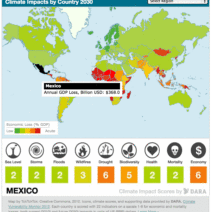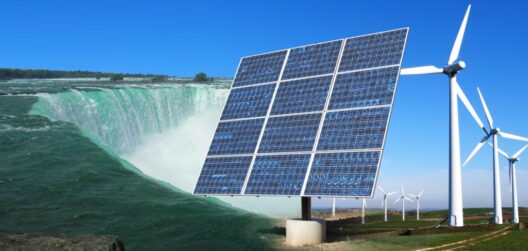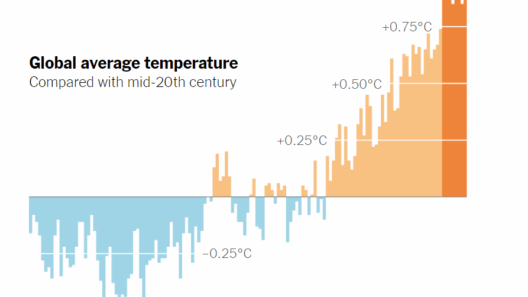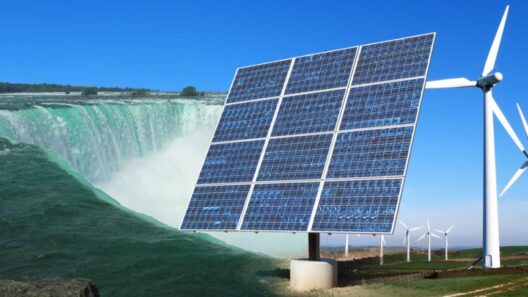Imagine a world without elephants, polar bears, and tigers. What if our grandchildren grew up only hearing stories about these magnificent creatures instead of seeing them in their natural habitat? This scenario, while seemingly fictional, dances closer to reality with each passing year as global warming wreaks havoc on ecosystems across the globe. As temperatures rise due to anthropogenic greenhouse gas emissions, the delicate balance of our planet’s biodiversity is increasingly threatened, leading to the extinction of numerous animal species. This discussion delves into the manifold mechanisms through which climate change instigates animal extinction and highlights the urgent need for immediate action.
To unravel the intricate relationship between global warming and animal extinction, one must first comprehend the fundamental drivers of climate change. The accumulation of carbon dioxide and other greenhouse gases in the atmosphere has led to a significant rise in average global temperatures, a phenomenon that is disrupting weather patterns, melting polar ice, and altering habitats. Consequently, species that rely on specific climatic conditions are being pushed to their limits, often leading to population declines or complete disappearance.
Temperature fluctuations can create a ripple effect through ecosystems. For instance, as climate zones shift, many animals find themselves out of sync with their food sources. Polar bears, often hailed as the icons of climate change, face dwindling sea ice, which is vital for their hunting. As the ice melts, seals become scarce, pushing polar bears further inland in search of sustenance, a move that drastically affects their survival rates. This is not an isolated case; similar patterns can be observed in various species worldwide, demonstrating that the problem of extinction is both systemic and global.
Furthermore, global warming intensifies droughts and floods, altering habitats permanently. Take, for instance, the amphibious species that utilize freshwater streams for breeding. Changes in temperature and precipitation can result in the desiccation of these critical breeding grounds, leading to population crashes. The Golden Toad of Costa Rica serves as a poignant reminder of this phenomenon—the last known individual was seen in 1989, and experts attribute its extinction to climate-induced habitat alteration.
Coral reefs, often dubbed the rainforests of the sea, are another casualty of global warming. Rising ocean temperatures lead to coral bleaching, a stress response that expels the symbiotic algae (zooxanthellae) essential for their survival. When stressed, corals can lose up to 90% of their nutrition, leading to widespread death. The extinction of coral reefs, in turn, threatens thousands of marine species that depend on these ecosystems for food and shelter, demonstrating that the consequences of global warming extend beyond individual species to large-scale ecological collapses.
Perhaps even more insidious is the threat posed by invasive species, facilitated by warmer temperatures. As habitats transform, native species often find themselves outcompeted by invasive organisms that thrive in the new conditions. The Mountain Pine Beetle is an example of this destructive dynamic; warmer winters allow these pests to survive and proliferate, resulting in widespread damage to North American forests that native fauna rely on for survival. When ecosystems are destabilized by such invasive threats, the native species often lack the resilience to adapt quickly enough, paving the way for extinction.
But is it possible to reverse this trajectory? While the situation seems bleak, there are pathways to combat climate-induced extinction. First and foremost, concerted global action aimed at reducing carbon emissions is essential. Transitioning to renewable energy sources, enhancing energy efficiency, and advocating for policies that encourage sustainability can collectively help mitigate climate change’s fervent assault on biodiversity.
Moreover, conservation efforts must evolve to include climate resilience strategies that account for the changing environment. This includes protecting migration corridors for species that may need to move to survival-sustaining habitats. Creating wildlife reserves that encompass a variety of ecosystems can also provide refuge as climates shift. Scientific research should prioritize understanding which species are most at risk and the mechanisms of their decline, enabling targeted and effective conservation strategies to be enacted.
On an individual level, awareness and advocacy are powerful tools. Habitat destruction, hunting, and pollution are exacerbated by societal apathy; thus, a collective consciousness regarding the climate crisis is imperative. Supporting local and global conservation groups, participating in citizen science, and promoting sustainable practices in daily life can create a groundswell in public advocacy and policy change.
Ultimately, the question remains: are we willing to stand idly by as magnificent creatures fade into mere memories? Climate change is undoubtedly the most formidable challenge of our time, and its role in animal extinction cannot be understated. By confronting the crisis through informed action, both at personal and political levels, we stand a chance—albeit slim—of rewriting the narrative. As stewards of this planet, it’s our responsibility to ensure that, for future generations, the phrase “vanishing acts” refers not to the fleeting existence of iconic species but rather to our resolute efforts in preserving the wondrous tapestry of life on Earth.







